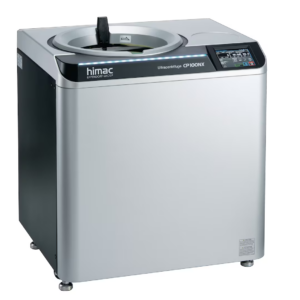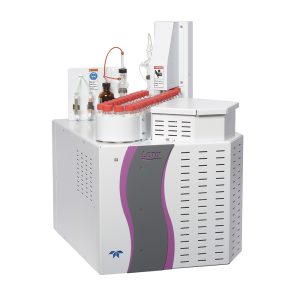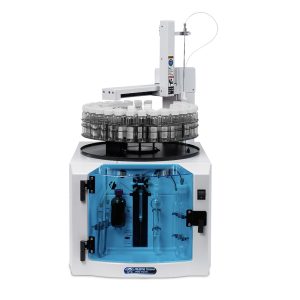RMS1000 Raman microscope – high-performance Raman spectroscopy for research and industry
The RMS1000 Raman microscope is an advanced system designed for high-resolution Raman spectroscopy, offering exceptional sensitivity, spatial resolution, and modular flexibility. Engineered for materials science, pharmaceuticals, nanotechnology, and life sciences, this microscope delivers detailed molecular characterization with unparalleled accuracy.
Equipped with high-stability laser sources, confocal optics, and precision detectors, the RMS1000 Raman microscope ensures minimal background noise and outstanding signal clarity. Its fully customizable design allows users to tailor the system to specific research needs, making it a preferred choice for academic, industrial, and quality control laboratories.
Why choose the RMS1000 Raman microscope?
- High-resolution spectral analysis: Captures detailed Raman spectra with excellent signal-to-noise ratios.
- Confocal imaging capability: Enables precise spatial resolution, allowing microscopic Raman mapping.
- Multiple laser wavelength options: Supports various excitation sources for diverse sample types.
- Automated mapping and data acquisition: Enhances efficiency for complex sample analysis.
- Customizable configurations: Expandable with advanced detectors, temperature-controlled stages, and polarization control.
Unmatched performance for Raman spectroscopy applications
Designed for high-sensitivity Raman spectroscopy, the RMS1000 microscope is optimized for chemical identification, pharmaceutical quality control, nanomaterials research, and forensic analysis. Its automated sample scanning and high-speed data acquisition provide efficient, reproducible results for demanding applications.
With high-throughput spectral mapping and user-friendly software, this microscope simplifies Raman spectroscopy, ensuring consistent performance and streamlined workflows. The temperature-controlled sample chamber and low-stray-light optical path enhance measurement precision, making the RMS1000 ideal for both research and industrial applications.
Scalable, reliable, and research-ready
Built with long-term research flexibility, the RMS1000 Raman microscope integrates upgradeable modules and accessories, allowing for future expansion as analytical needs evolve. Its robust construction, low-maintenance design, and precision-engineered optics ensure long-lasting performance in any laboratory setting.
Whether conducting advanced material characterization, biological analysis, or semiconductor research, the RMS1000 Raman microscope provides the sensitivity, resolution, and versatility needed for cutting-edge Raman spectroscopy investigations.




